For Buyers
Buy ethical sourced gold from verified Kenyan cooperatives. Learn about traceability and certification in our For Miners page and see impact stories in the Impact Journal.
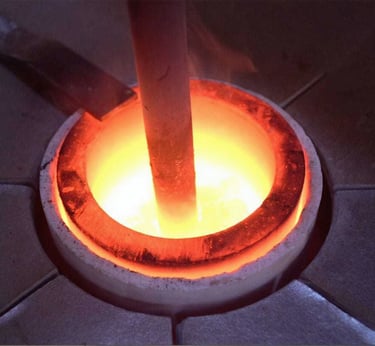

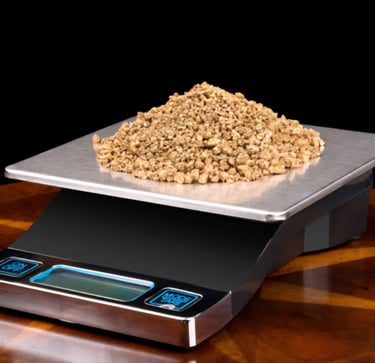

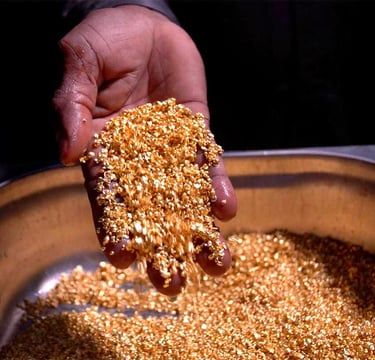

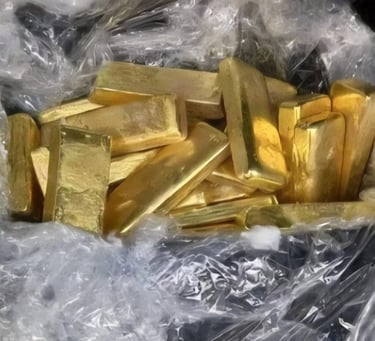


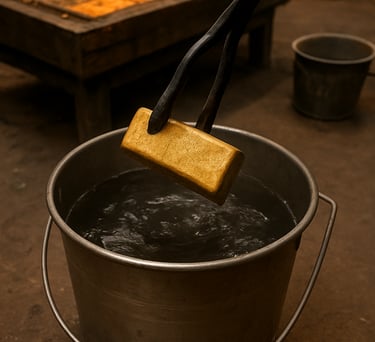




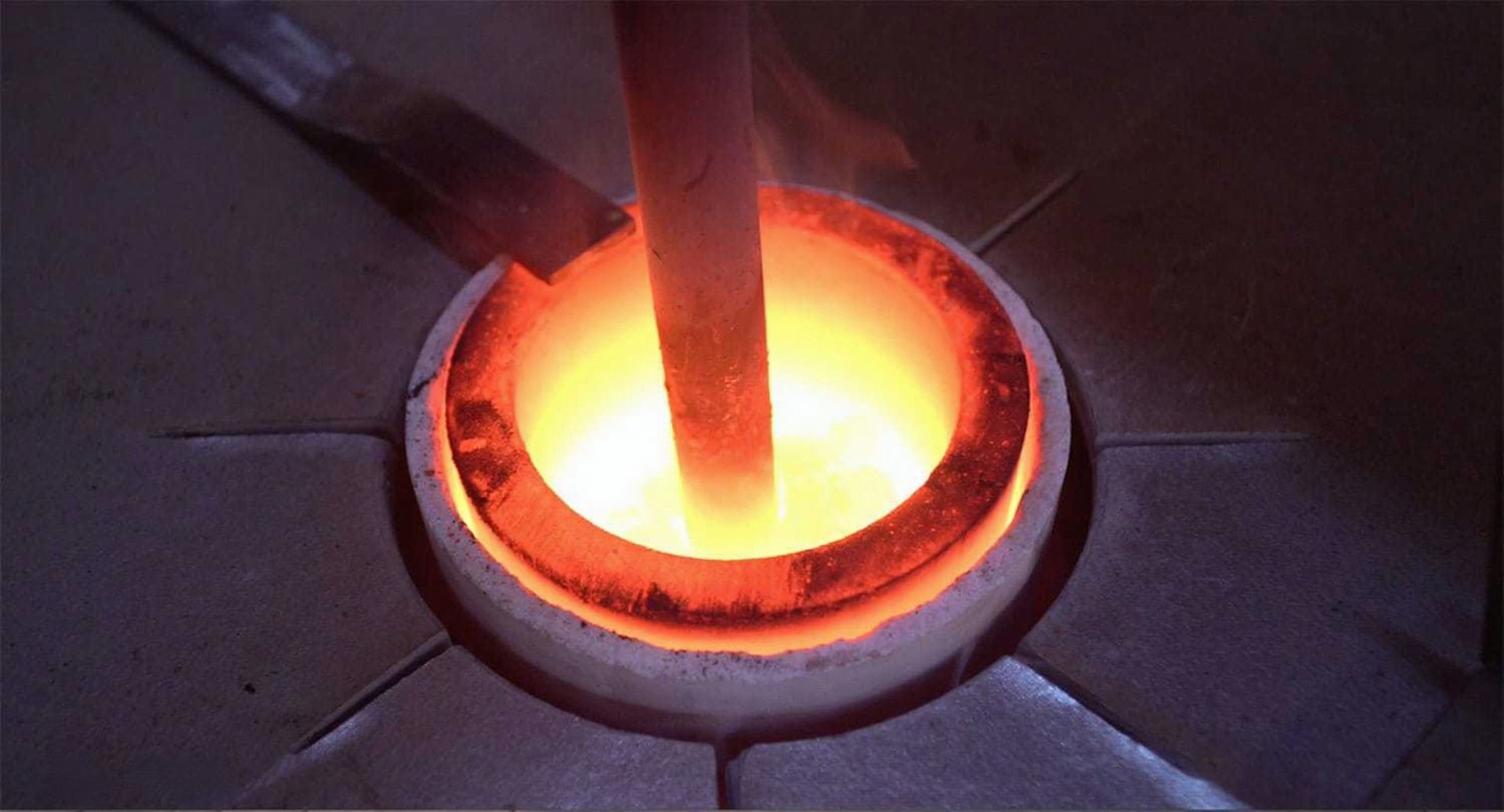
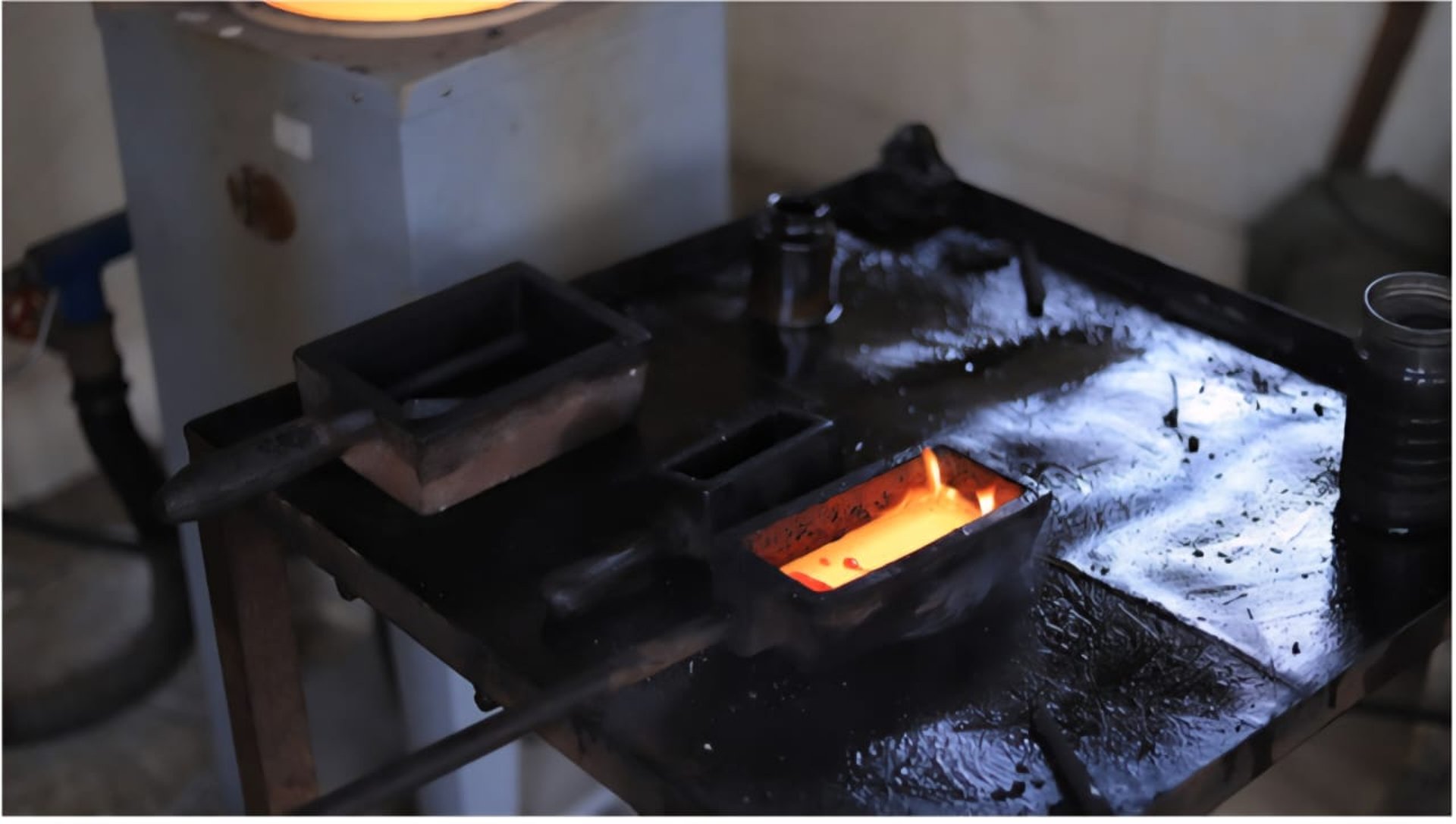

Why Choose Us
We verify miner and ensure each transaction is backed by proper documentation, compliance, and certification

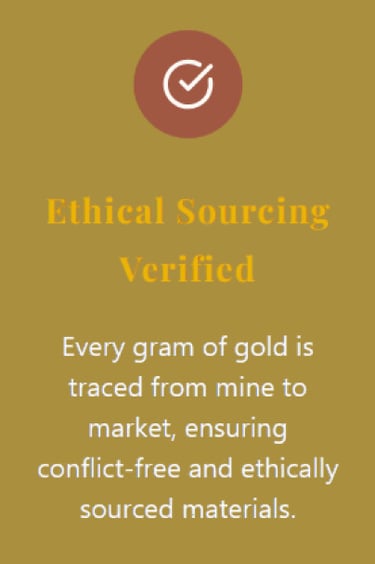


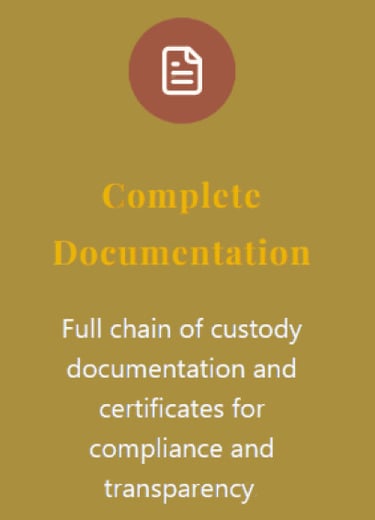

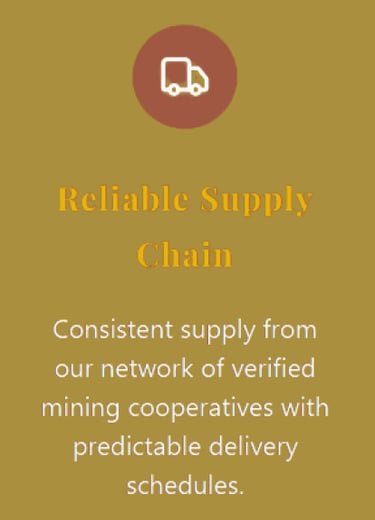

Our Procurement Process
From order to delivery, our streamlined process ensures you receive certified, ethically sourced gold on time.


Understanding Gold Purity: The Karat System Explained
When shopping for gold jewelry, you might see labels like 24K, 23k, 22K, 21K, and 18K. These numbers represent the gold’s purity, but what do they really mean, and how can you tell them apart? Understanding the karat system is key to making an informed purchase, especially since purity directly impacts the value, durability, and appearance of your gold.
Karat (K) is a measure of the purity of gold. The system is based on a total of 24 parts. So, 24-karat gold is considered 100% pure gold, meaning all 24 parts are gold. When other metals are mixed in, the karat number drops. These added metals, known as alloys, include copper, silver, zinc, and nickel. They serve a few purposes: they increase the gold’s hardness, change its color, and lower its cost.
The Purest Form: 24K Gold
24-karat gold is the highest purity you can buy. It’s almost 100% pure, with a minimum of 99.9% gold content. Because of this, it has a distinct, bright yellow-orange color. Its purity also makes it extremely soft and malleable. It’s so soft, in fact, that it can be easily scratched or bent, which is why it’s not ideal for daily-wear jewelry. You’ll most often find 24K gold in bullion, such as gold bars and coins, or in electronic components where its high conductivity is valued.
The Traditional Choice: 22 & 23K Gold
22 and 23-karat gold is a popular choice for jewelry, especially in many parts of Asia and the Middle East. It consists of 91.67% and 95.83% gold and 8.33% and 4.17% alloy respectively. The addition of metals like copper and silver makes it significantly more durable than 24K gold. While it’s still quite soft, it’s strong enough to hold its shape in intricate jewelry designs. Its color is a rich, warm yellow that’s very close to pure gold, and its high gold content makes it a valuable asset.
A Regional Favorite: 21K Gold
21-karat gold is less common in Western markets but widely used for fine jewelry in the Middle East and parts of Asia. It contains 87.5% gold and 12.5% alloy. The slightly higher alloy content compared to 22K gold makes it a bit more durable. Visually, it’s difficult to distinguish from 22K gold without close inspection, as both share a similar vibrant yellow hue. This type of gold strikes a balance between high purity and enhanced durability for detailed jewelry pieces.
The Modern Standard: 18K Gold
18-karat gold is the standard for high-end jewelry in the West. It is composed of 75% pure gold and 25% alloy. The higher percentage of alloys makes it much harder and more resistant to scratches than the higher karat options. This durability is why it’s the go to choice for engagement rings, wedding bands, and other jewelry meant for everyday wear. The color of 18K gold can vary depending on the alloys used:
18K Yellow Gold: Often contains silver and copper.
18K White Gold: Typically contains palladium, nickel, or silver.
18K Rose Gold: Has a higher copper content to achieve its pinkish hue.
How to Tell the Difference: Practical Tips for Buyers
Differentiating between these gold types requires more than just a quick glance. Here are some actionable tips to help you:
1. Look for Hallmarks and Stamps
Most gold bars are stamped with a hallmark that indicates its purity. Look for markings like:
999 or 999.9: Indicates 24K gold.
958 or 95.83: Indicates 23K gold.
916 or 91.6: Indicates 22K gold.
875: Indicates 21K gold.
750: Indicates 18K gold.
2. Evaluate Color and Appearance
As a general rule, the higher the karat, the more intense the yellow color. 24K gold has a very rich, deep yellow hue. As the karat number decreases, the color can become lighter or take on different tones depending on the alloys. For example, the copper in 18K rose gold gives it its distinctive pink color.
Making Your Choice: A Data-Driven Approach
The best karat for you depends on your priorities. A 2023 survey of jewelry buyers revealed a clear trend: those prioritizing long-term value and investment leaned towards 24K, 23k or 22K gold, while those focused on style and everyday wear chose 18K gold. A consumer analysis from the World Gold Council shows that the market for 18K jewelry has grown significantly in North America and Europe due to its blend of aesthetic appeal and durability.
The right choice isn’t just about price; it’s about aligning the gold’s properties with its intended use. For an heirloom piece meant to be passed down, the high purity of 23K, 22K or 21k gold might be ideal.
In the end, knowing the difference between karats empowers you to make a purchase that’s perfect for your needs.
EXPORTING GOLD FROM KENYA
Export Procedures:
KENYA GOLD CONNECT (KGC) proudly offers secure and reliable gold export services tailored to meet our clients' needs. When you choose to purchase gold from us, we guide you through a straightforward and efficient process to ensure your gold reaches its final destination seamlessly.
To facilitate the export, we kindly request that buyers provide KENYA GOLD CONNECT with the complete address and contact number of the consignee at the overseas location. This information is essential for a smooth transaction and timely delivery. Trust KGC to handle your gold export with the utmost professionalism and care, ensuring your investment is in safe hands.
Here’s a detailed breakdown of the process:
Identify the Required Permit: Begin by determining the specific export permit necessary for your gold export operations. This may vary based on the nature of your business and the quantity of gold you intend to export.
Submit Your Application: Once you have identified the appropriate permit, proceed to submit your application to the relevant authority. This typically involves filling out the necessary forms and providing supporting documentation.
Compliance with Standards: It is crucial that your gold meets the required standards. This may involve undergoing inspections and obtaining certifications to verify the quality and authenticity of the gold you plan to export.
Payment of Fees: Ensure that you remit the required fees associated with the export permit application. This fee structure is usually outlined by the governing authority.
Withholding Tax: In Kenya, a mandatory withholding tax of 3% on all gold purchases must be paid to the Kenya Revenue Authority (KRA). Payments can be made at their offices located in Kinbu.
Sustainability Fund Contribution: Additionally, you are required to contribute 0.20% of the total value of the gold to be exported to the Minerals Commission. This contribution supports small-scale sustainability initiatives.
Adherence to Export Procedures: Finally, ensure that you comply with all procedures for exporting goods as specified by the KRA. This includes maintaining accurate records and following any additional guidelines provided by the authorities.
Required Documentation:
Packing list (Assay invoice): Include details of the gold's purity and quantity.
Proforma invoice: Indicate the purity (gold content) and quantity of gold in ounces and kilograms.
Bill of Exchange
Invoice
Packing List Airway Bill / Bill of Lading
Declaration under Foreign Exchange
Certificate of Origin/GSP; Inspection Certificate, wherever necessary
Submit Your Inquiry
Ready to purchase ethical gold? Fill the form below and our team will provide you with a personalized quote for your gold requirements.
What Happens Next?
1.Review & Verification
Our team reviews your inquiry within 24 hours and verifies your requirements.
2.Gold Sourcing & Preparation
We source the gold from our verified mining partners and prepare it according to your specifications.
3. Quote & Documentation
Receive detailed quotes with full traceability documentation and certifications directly from us.
Why Choose Our Gold?
100% ethically sourced and conflict-free
Complete chain of custody documentation
Fair trade certified partnerships
Competitive market pricing
Reliable supply chain management
Need Immediate Assistance?
For urgent inquiries or to speak directly with our gold specialists, contact us on WhatsApp
Gold Purchase Inquiry
We implement a rigorous due diligence process


Our Office Location
Kenya Gold Connect
Connecting Kenya artisanal mining cooperatives with international gold buyers through transparent, fair trade partnerships that transform communities and create sustainable economic opportunities.
Quick Links
Copyright © 2025 Kenyan Gold Connect. All rights reserved.
Contact Info

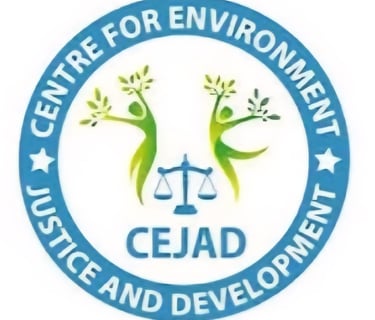


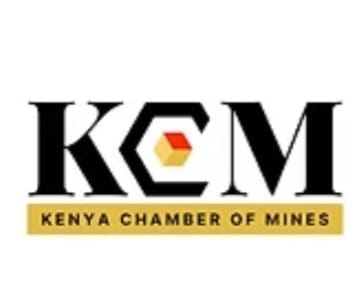

Kenyan Gold Connect -
Nairobi Headquarters
5th Avenue Office Suites,
Upper Hill, Nairobi, Kenya
P.O. Box 20988-00101
Nairobi, Kenya
Tel: +254100326297
Email: info@kenyagoldconnect.com
Business Hours:
Monday - Friday: 9:00 AM - 5:00 PM
Saturday: 9:00 AM - 2:00 PM
Kenya Gold Connect -
Western Regional Office
Kisumu CBD, Swan Centre,
One Kentons Square, 3rd flr, Office 306
Kisumu, Kenya
P.O Box 10324-40101,
Kisumu, Kenya
Tel: +254736914026
Email: miners@kenyagoldconnect.com


